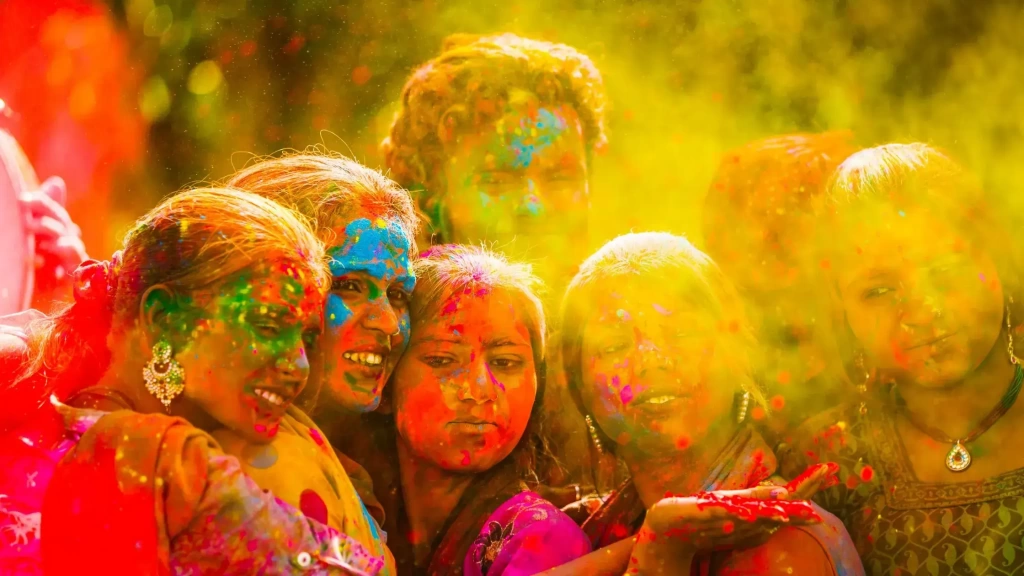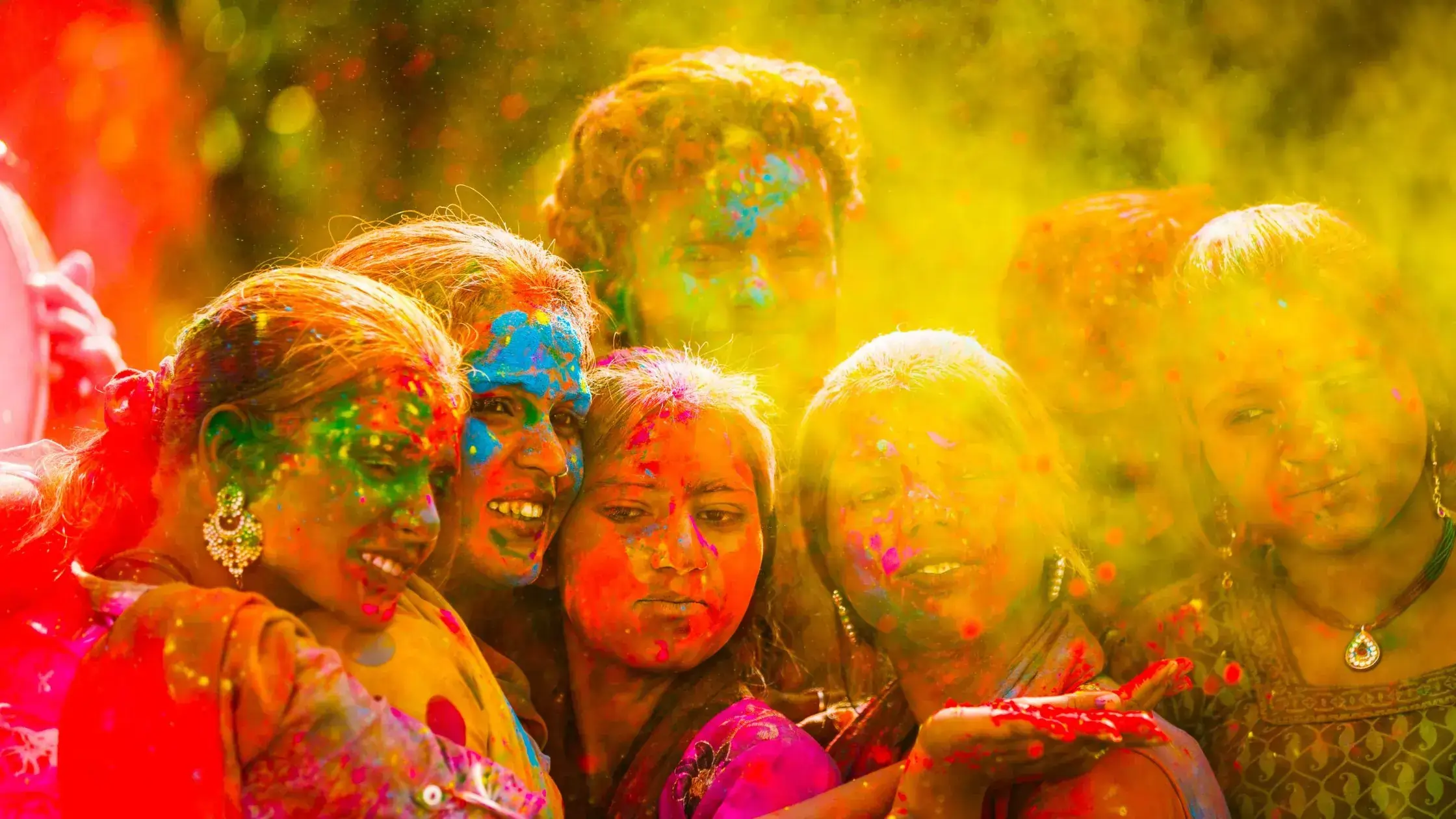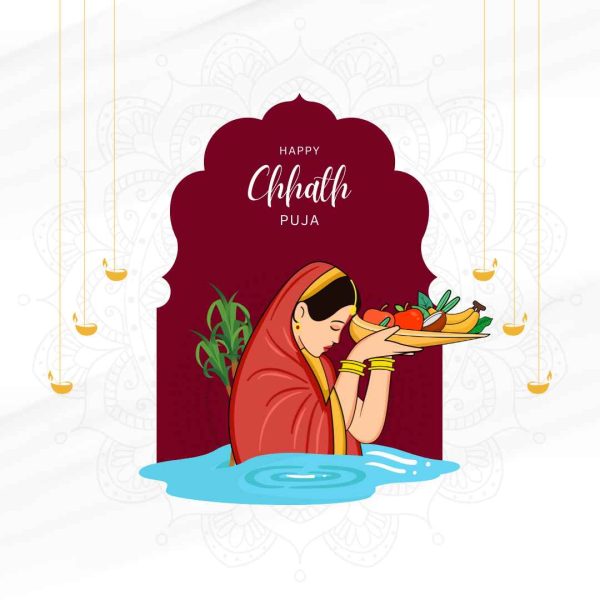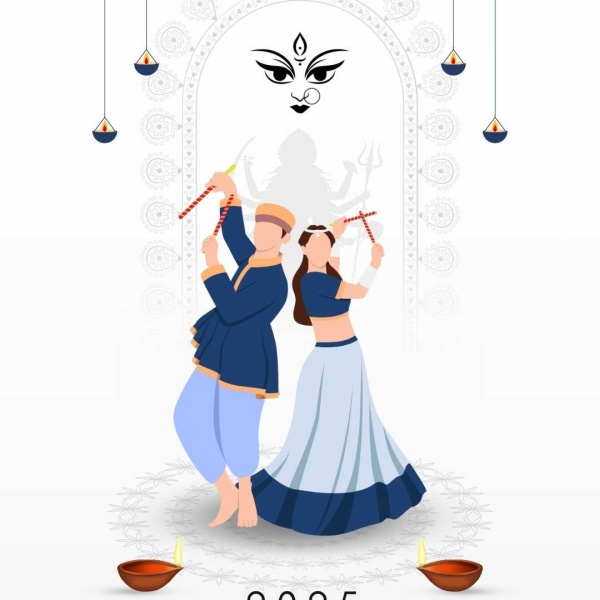
Introduction: Welcoming a Safe, Spiritual, and Festive Holi
Holi, the festival of colors, welcomes the season of spring and the victory of good over evil. Though it’s famous for its boisterous color play and festive celebrations, Holi also has deeper spiritual origins, particularly with the Holika Dahan on the night before and Purnima Puja. This handbook combines eco-friendliness, safety precautions, and spiritual depth to assist you in celebrating Holi with joy, awareness, and devotion.
Eco-Friendly Gulal: Selecting Colors That Care
The traditional colors of Holi were originally composed of flowers and herbs, imparting both beauty and dermatological benefits. Today, most synthetic gulal contains toxic chemicals that trigger skin irritations, eye allergies, and even harm the environment.
Move to **natural gulal** that is derived from natural sources such as turmeric, neem, beetroot, marigold, spinach, and hibiscus. These shades are gentle on skin, biodegradable, and colorful. Opt for handmade or certified organic forms from local craftsmen or reliable vendors.
Before playing Holi, apply coconut oil on your skin and hair to create a barrier that makes washing off colors easier. Choose white or light-colored cotton clothes that reflect positivity and enhance the visibility of bright hues.
Pichkari Safety: Playing with Joy, Not Harm
Children and adults alike adore pichkaris (water guns), but their use demands caution. Sharp-edged, high-pressure, or poorly assembled pichkaris can cause injury.
Choose **soft-edged, BPA-free plastic pichkaris** that are simple to handle and refill. Educate children on not targeting faces, particularly eyes and ears. Encourage lighthearted targeting of hands or backs instead. Refrain from excessive use of water balloons, which tend to waste resources and result in bruises.
Use fresh water and fill only what is necessary to prevent wastage.
Clean and store pichkaris properly after use in order to prolong their life and to minimize plastic waste the following season.
Holika Dahan & Purnima Puja: The Spiritual Core of Holi
The night before Holi is celebrated as Holika Dahan, a fire that depicts the triumph of righteousness and devotion over ego and wickedness. Legend states that Prahlad’s unshakable devotion to Lord Vishnu protected him from the burning lap of Holika. This incident reminds us that faith and truth will always triumph.
During Holi Purnima, devotees rise early and bathe in a sanctifying manner. They pray to Lord Vishnu, particularly in his Narasimha incarnation, expressing gratitude for keeping devotees safe from harm. The Holika pyre involves ghee lamps, cow dung cakes, and holy woods. Camphor, grains, and coconut are offered into the fire while reciting mantras such as “Om Namo Bhagavate Narasimhaya.”
Women also follow special vrats and provide turmeric, vermilion, and rice to the pyre for marriage happiness and household prosperity. Devotees bring home the ashes after the puja as an amulet against evil.
Do’s and Don’ts for a Conscious Holi
Wake up early, organize your festivities with safety and sustainability. Use natural colors, play with respect, and engage elders in the celebration. Fill pichkaris carefully, assist during collective pujas, and clean up responsibly afterward.
Don’t force colors on unwilling people. Avoid synthetic or metallic powders and never point towards eyes or ears. Do not waste water or plastic waste. Be respectful of traditions while celebrating.
FAQs on Holi Celebrations
Q: How do I make my natural colors at home?
Apply turmeric for a yellow color, beetroot juice for a red color, and henna for a green color. Dry them and mix with rice flour for powder.
Q: Can I celebrate Holika Dahan at home?
If you have enough space, you can do a symbolic Dahan with a clay pot and dry wood. Pray, repeat mantras, and ensure fire safety.
Q: Is Holi an auspicious day for spiritual activities?
Yes, the Holi Purnima full moon is effective for spiritual development. Meditation, chanting, and charity performed on this day will yield very fruitful results.
Q: Do I have to use water for Holi celebrations?
Not at all. You can use dry colors, flower petals, or even symbolic play with colorful decorations and kirtans.
Conclusion: Celebrating Holi with Heart and Harmony
Holi is not just a color riot. It’s an opportunity to let go of past negativity, celebrate divine protection, and live life afresh. Selecting eco-friendly gulal, promoting safe play, and respecting the spiritual nature of Holi, we create a celebration that is joyful, meaningful, and environmentally friendly.
Let your Holi glow with compassion, wisdom, and devotion — where each splash of color is not just happy-making for your skin, but soul-full.
“This Holi, let colours rise not just in the air but in our hearts, filled with love, kindness, and respect for one and all.”


